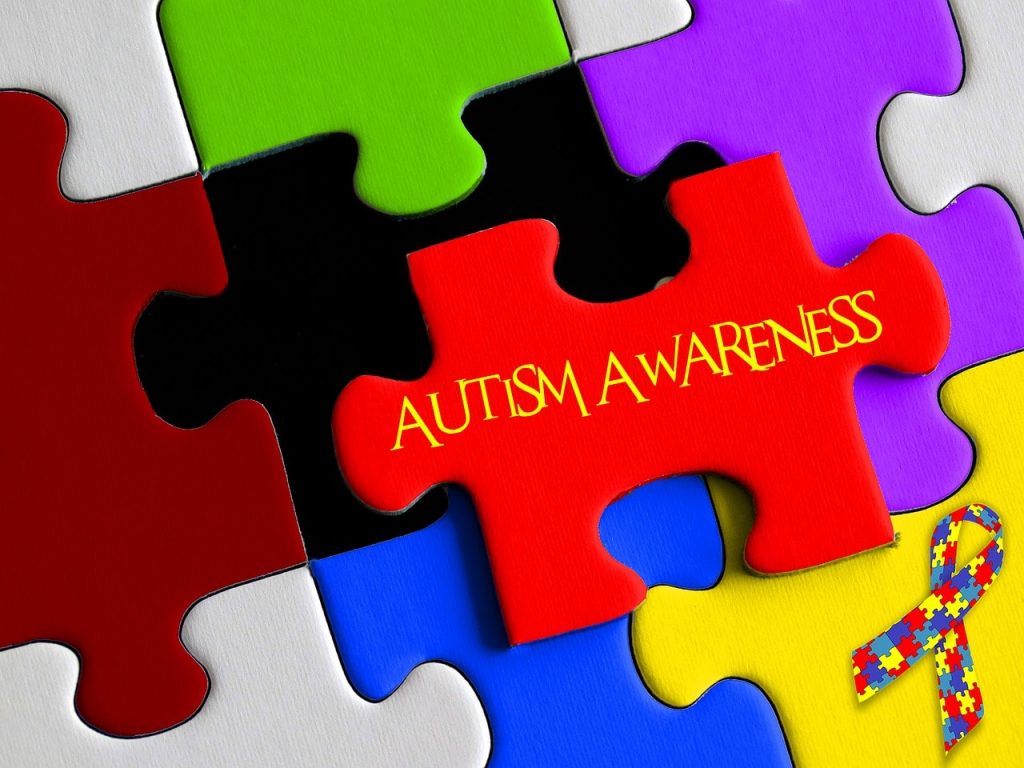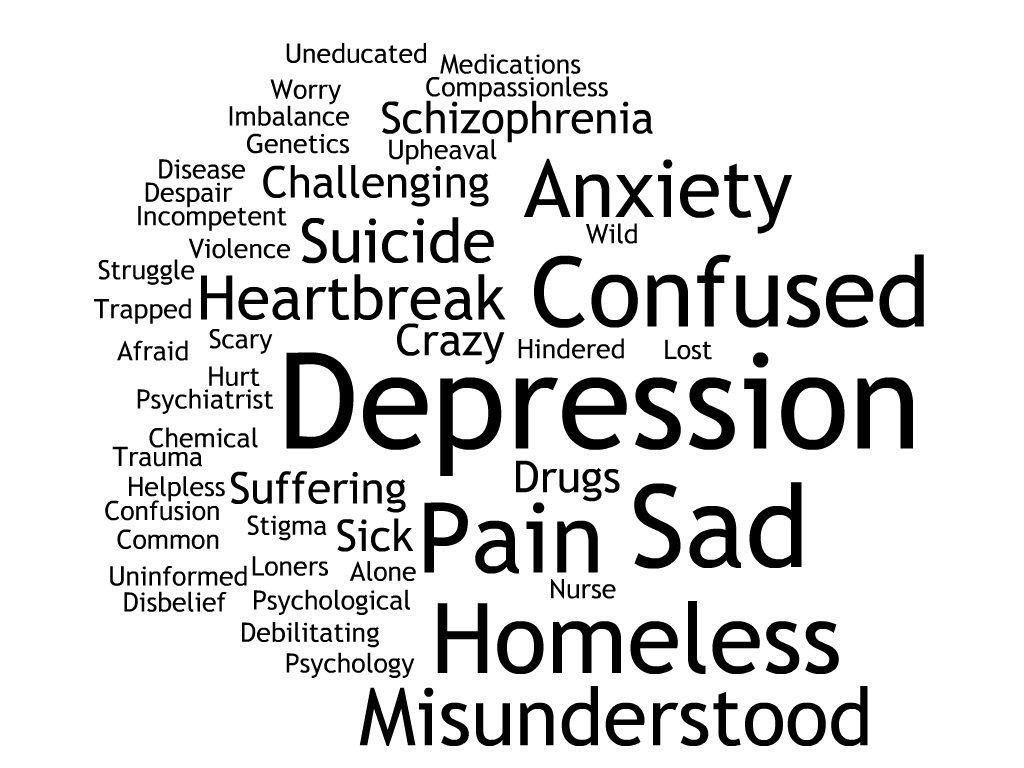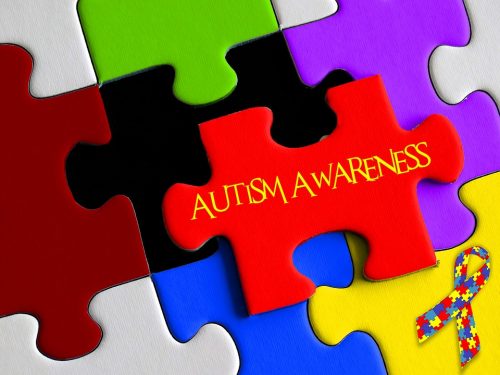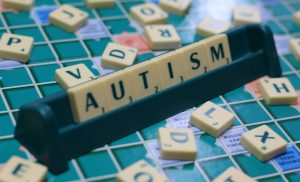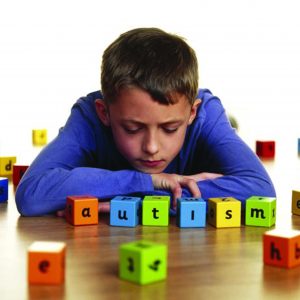Autism is a common mental condition in the US. Experts like therapists and psychologists view the mental illness as something that significantly affects a person’s development. Its signs and symptoms are the avoidance of eye contact, delayed speech, difficulty understanding other people’s emotions, and unexpected reactions with sounds, sight, and smell. But one of the most unnoticed symptoms is an individual’s strange attachment to an object. It may not sound an issue for some, but there is a psychological explanation as to why it is becoming a determining factor.

An individual with an autism spectrum disorder experiences an object attachment. As explained by John Strang, Psy.D. “Young people with autism are very good at “getting stuck” and being less flexible.” However, no one seems to get bothered by it. Perhaps it is because people look at it is as something familiar for most individuals without even having a mental illness. But the way autistic people feel about a particular possession is beyond sentimental perspective. Yes, it is not comparable to a life and death situation. But it is something that affects someone’s way of living. Like for example, if an autistic person tends to have a teddy bear, he will most likely keep it close to him all the time. It will become more of a comforting object. Honestly, you can expect it to be an individual’s possession that certainly lasts for more than a couple of years.
Autistic’s Object Attachment
An autistic’s object attachment is not at all harmful. However, it somehow depicts obsession. That is because the comfort that the individual feels whenever he is with the object gets channeled in it. The person feels an emotional connection that nobody can explain.

In some cases, it becomes helpful because it can change an individual’s mood in an instant. Like for example, if children are scared and lonely, they feel safe around their dolls and toys. However, the situation is not different when we talk about the loss of a valued possession. In some unfortunate cases, the loss of that particular item causes severe anxiety and depression to an individual because he feels lost without it. There are instances that he won’t eat, talk, and get out of bed without the proof of his possessions existence. It is as if the whole world only revolves around that particular item. With that, an autistic person finds it hard to recover from the emotional damage that nobody seems to understand.
What Autistic People Feel
Object attachment affects an autistic individual in different ways. “People with ASD can have problems controlling their aggression and says it is not uncommon for these clients, sometimes including adults, to pull her hair or scratch her arms.” Stephanie Smigiel, LPC said. There is a tendency the person gets to feel uncomfortable with his surroundings too. Sometimes he can’t seem to concentrate without his stuff by his side. There are even cases where an autistic feel upset and angry when someone is trying to use his precious belonging or want to look at it. Sometimes, there is a point where an autistic individual become violent, especially if their valued possession gets taken without permission. That is because the thought of it getting broken and damaged is scarier than the idea of losing it.
Honestly, the emotional dilemma is hard to put into words. And sometimes, even if it gets fixed by someone, an autistic person does not immediately feel okay. That is because he thinks that the fixed item will never be the same. The thought of it getting broken will never leave an autistic person’s head, and he will entirely think about it over and over. Another example of a scenario where people are so insensitive about an autistic’s emotional and mental state is when he is playing with Lego. Yes, those are toys that are meant to be broken down into pieces. However, an autistic finds himself feeling troubled about his valued possession getting destroyed. And even though it is fixable, the idea that it gets ruined will stick and mess with his mind.
Official Diagnosis
There is no concrete diagnosis of object attachment in autism spectrum disorder. “Autism is a result of neurological differences in the structure of the brain that distinguish it from what we call the neurotypical brain. It is not mental illness or a personality disorder.” Sarah Swenson, MA, LMHC explains. However, a lot of individuals with the same mental condition share the same trait. Yes, there are criteria for determining the signs and symptoms of autism. But some of the unnoticed categorical attributes somehow falls in a mild end that goes up to severe cases. Unfortunately, this is where the confusion comes in.

Insight
There is no particular description as to where and where an autistic individual would flip when someone else is trying to get a hold of his possession. But one thing is for sure. It is hard for an autistic to try and keep things as controlled as possible. That is because the amount of psychological distress that it gives, even if it’s a little thing, can make an emotional and mental recovery impossible.
